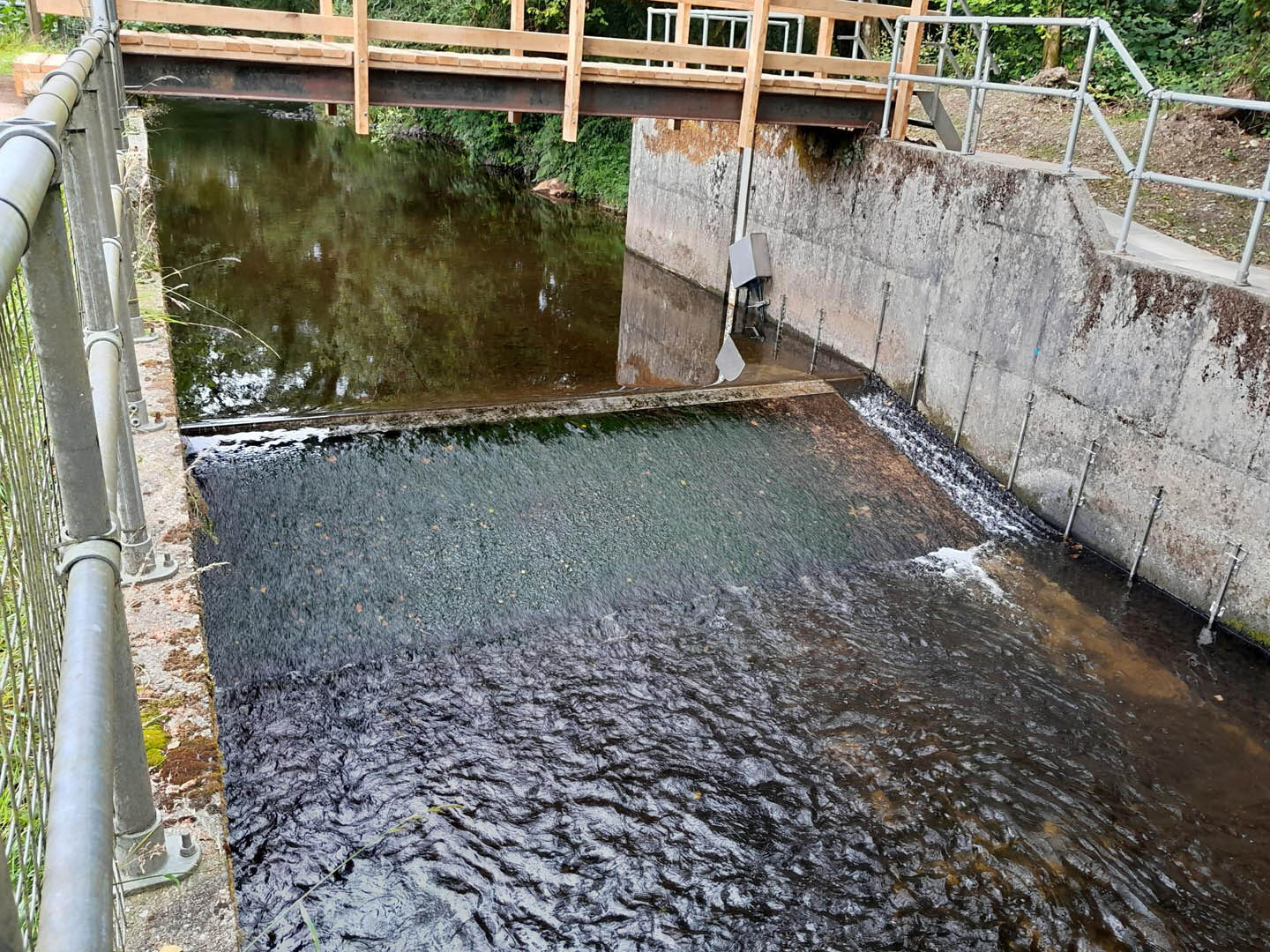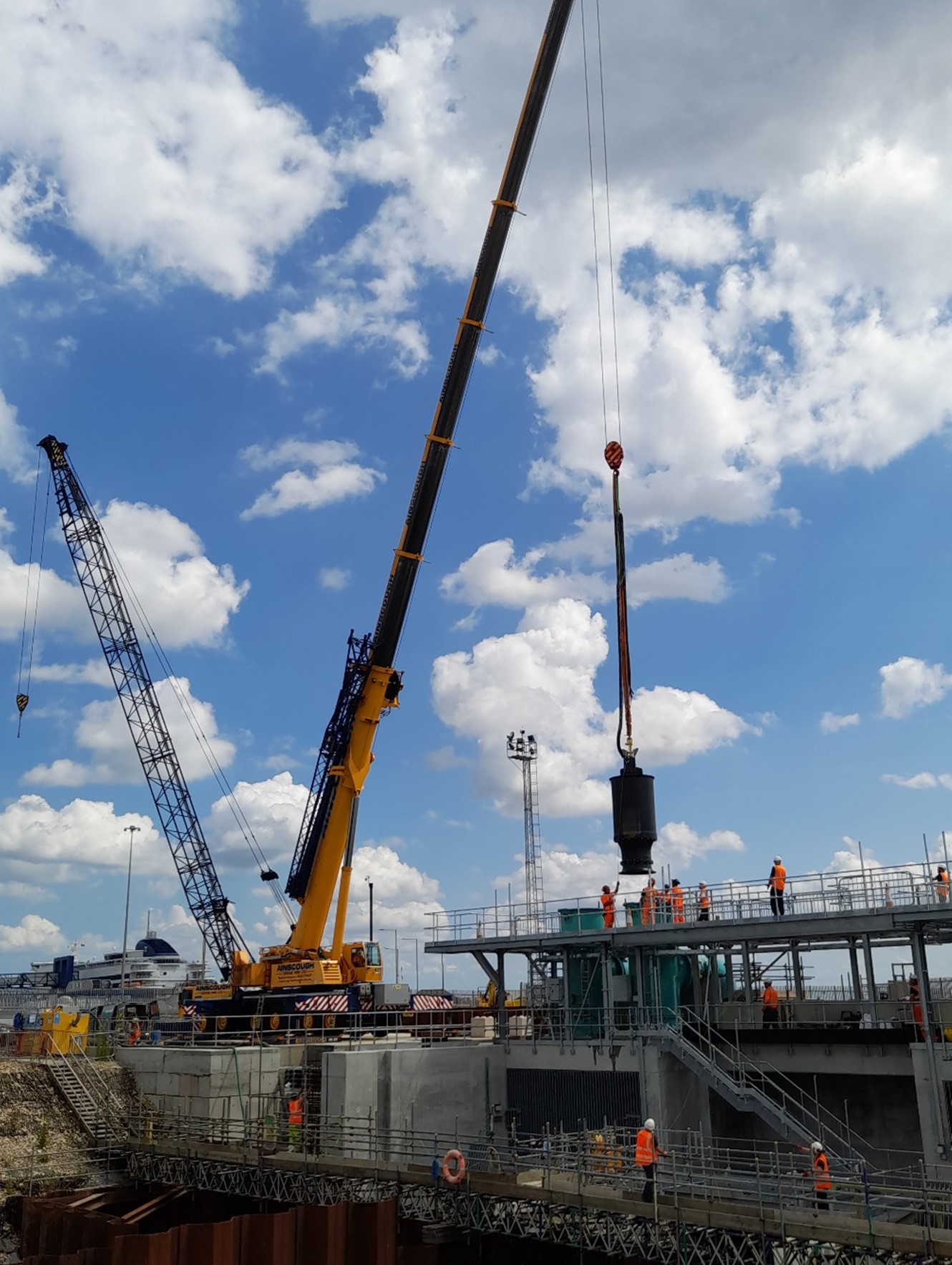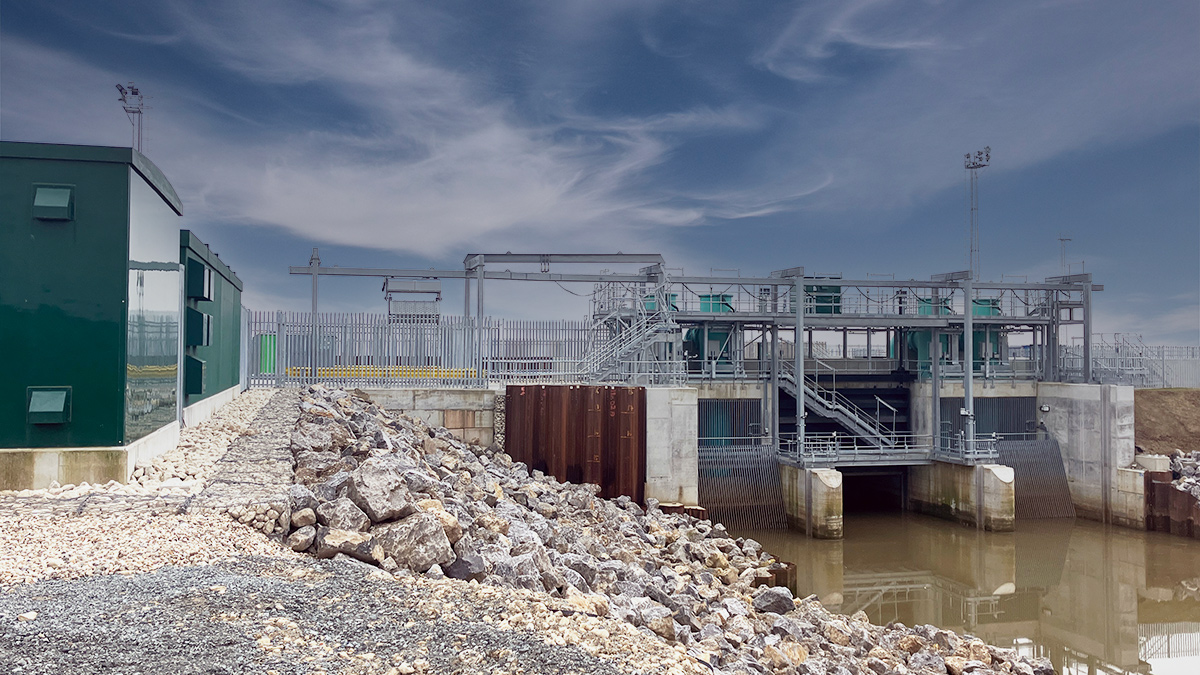What is Computational Fluid Dynamics (CFD) modelling?
Computational fluid dynamics (CFD) is a branch of fluid mechanics that uses numerical analysis and data structures to solve and analyse problems that involve fluid flows, and solve equations governing the conservation of mass, momentum and energy for a fluid – in all three dimensions.
CFD modelling can be used to predict fluid flows, heat and mass transfer, along with chemical reactions and hydraulic phenomena. Like any form of analysis, CFD modelling involves assumptions and approximations that must be understood to obtain meaningful results.
How do we harness CFD modelling to benefit our clients?
Here at JBA, we have a team of 10 specialist CFD modellers who apply this software across a broad range of projects both in the UK and across the globe. From coastal wave modelling and design and build studies, to modelling scour and deposition risk for national infrastructure, and gaining a better understanding of the dynamic evolution of riverbeds and estuaries.
Let’s take a closer look at some of these projects and how our CFD experts have applied this modelling to deliver faster, lower carbon solutions:
CFD modelling to understand water movement in eel pass design across North Wales
We were appointed by Natural Resources Wales to produce detailed designs of eel pass solutions at eleven sites across North Wales. Our civil, structural, mechanical, and electrical engineers collaborated with fish ecologists and Computational Fluid Dynamics (CFD) modellers, to deliver a range of gravity solutions that aligned with the client’s expectations. We implemented eel tiles and mussel rope climbing substrate in seven locations while proposing pumped solutions for three others.

CFD modelling added value to the project by:
- Helping the client team understand the water flow needed to achieve a specific depth on an eel tile with a lateral slope.
- Modelling water flow to optimize pump sizing at a select few sites.
- Providing valuable insights to inform upcoming projects involving pumped eel pass design.

CFD modelling to support the Holderness Drain Flood Alleviation Scheme
Working alongside our colleagues from JBA Bentley, we used a 1D-2D (FMP-TUFLOW) model to understand flood risk across the catchment, modelling high-level interventions to support the various stages of the Business Case and to support detailed design. We paired this with targeted Computational Fluid Dynamics (CFD) modelling, to streamline cost and carbon-efficient design options, that continued to meet the objectives of the scheme, and to inform safe construction processes. This combined approach reduced the uncertainty associated with the design. As a result, initial estimates of the barrage erosion control measures needed could be reduced, with a saving of approximately 2,000 tonnes of rock armour along the channel.

This change secured savings of £350-550k to the project, reducing the programme for one phase of construction by 2-3 weeks and significantly reducing the carbon cost of the scheme. CFD modelling added value to the project by:
- Optimising the position and the effectiveness of the new pumping station and associated structure.
- Identifying additional opportunities to reduce rock armour material upstream of the pumping station – providing further carbon, cost and programme savings.
- Supporting emergency works during the build phase and reviewing construction risks.
- Supporting safe site work, for example during the decommissioning of cofferdams.

CFD modelling to better understand the interaction of Nature-Based Solutions (NbS) and hydrodynamic coastal processes
JBA’s Dr David Kelly is leading a collaborative research project under a Cooperative Agreement with the US Army Corps of Engineers Engineering Research and Development Centre. This project will focus on using CFD modelling to better understand the interaction of Nature-Based Solutions (NbS) such as mangroves and coral reefs, with hydrodynamic coastal processes. This research will ultimately provide greater confidence in modelling the risk reduction benefits of using these NbS systems as part of coastal management strategies.

Contact Andy Collier to find out more about about CFD modelling capabilities at JBA and to discuss your project.

